Okay, let me be clear, not every mom will experience these below-mentioned signs of labour. Your delivery story can be completely different from all those of your friends. The labour will kick in when your baby makes his way out. Be prepared to know such signs.
And if you do, be confirmed, it’s about time!
Painful uterine contractions
Throughout pregnancy, one can experience painless Braxton Hicks contractions quite a few times. The uterine contractions are irregular. How to recognize the signs of labour? During true labour pain, these contractions become stronger, and the pain is felt in the abdomen. Especially in the front, they radiate towards the thighs.
Duration and intensity of contractions increase
The frequency will increase in actual labour pain along with the duration too.
Associated with ‘show’
There is gushing cervical mucus discharge. As the cervix begins to stretch, a little amount of blood oozes out due to the rupturing capillary vessels of the cervix. Expulsion of cervical mucus plug with a little amount of blood is called show.
Progressive enhancement and dilatation of the cervix
With the onset of labour, the cervical canal begins to dilate, especially near the upper part compared to the lower part.
Descent of the presenting part
A few days (maybe a few weeks too) before the delivery, the baby starts to slide down into the pelvis. That’s when you may feel more pressure in your pelvic area along with cramping too.
Formation of the ‘bag of forewaters’ and water breaks
Due to the stretching of the lower part of the uterus, the membranes are detached easily. The dilatation of the cervical canal makes the lower pole of the fetal membrane unsupported.
That’s when the fetal membrane tends to bulge into the cervical canal. Specific uterine contractions increase the intra-amniotic pressure and make the bag tense.
The false labour pain is usually dull and irregular, and it stops immediately once you start doing some activities like walking and changing your position. If you see three or more of the above signs, then you are going into labour.
*Please note that we are no medical experts. This is only hands-on information to refer to. Please consult your gynaecologist at every stage of pregnancy.*





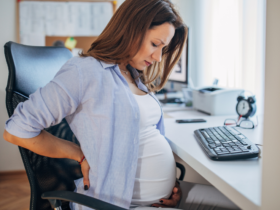
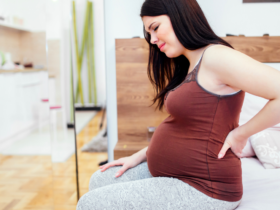
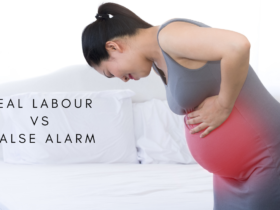



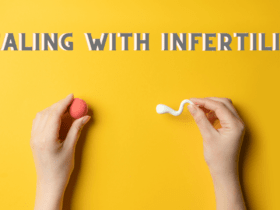

















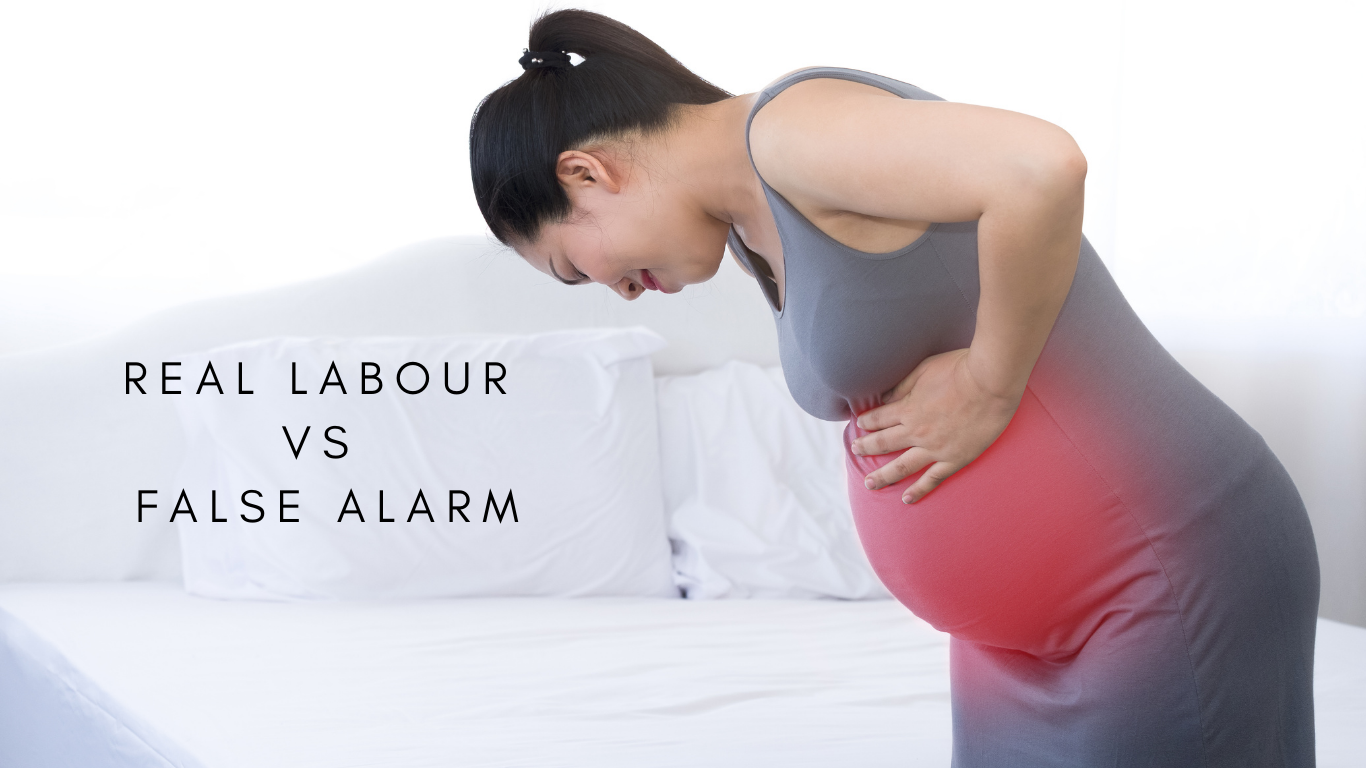



Leave a Reply
View Comments